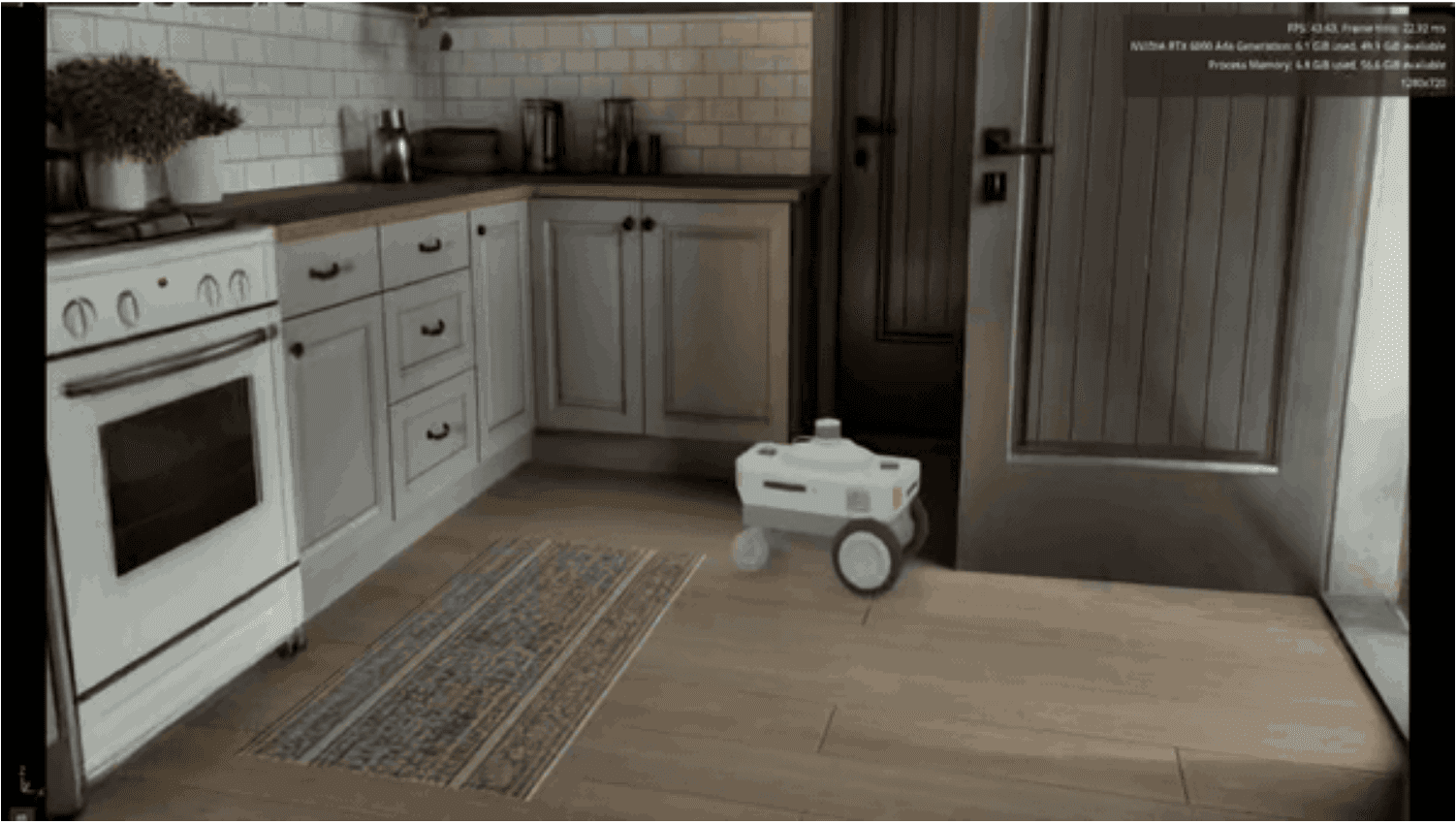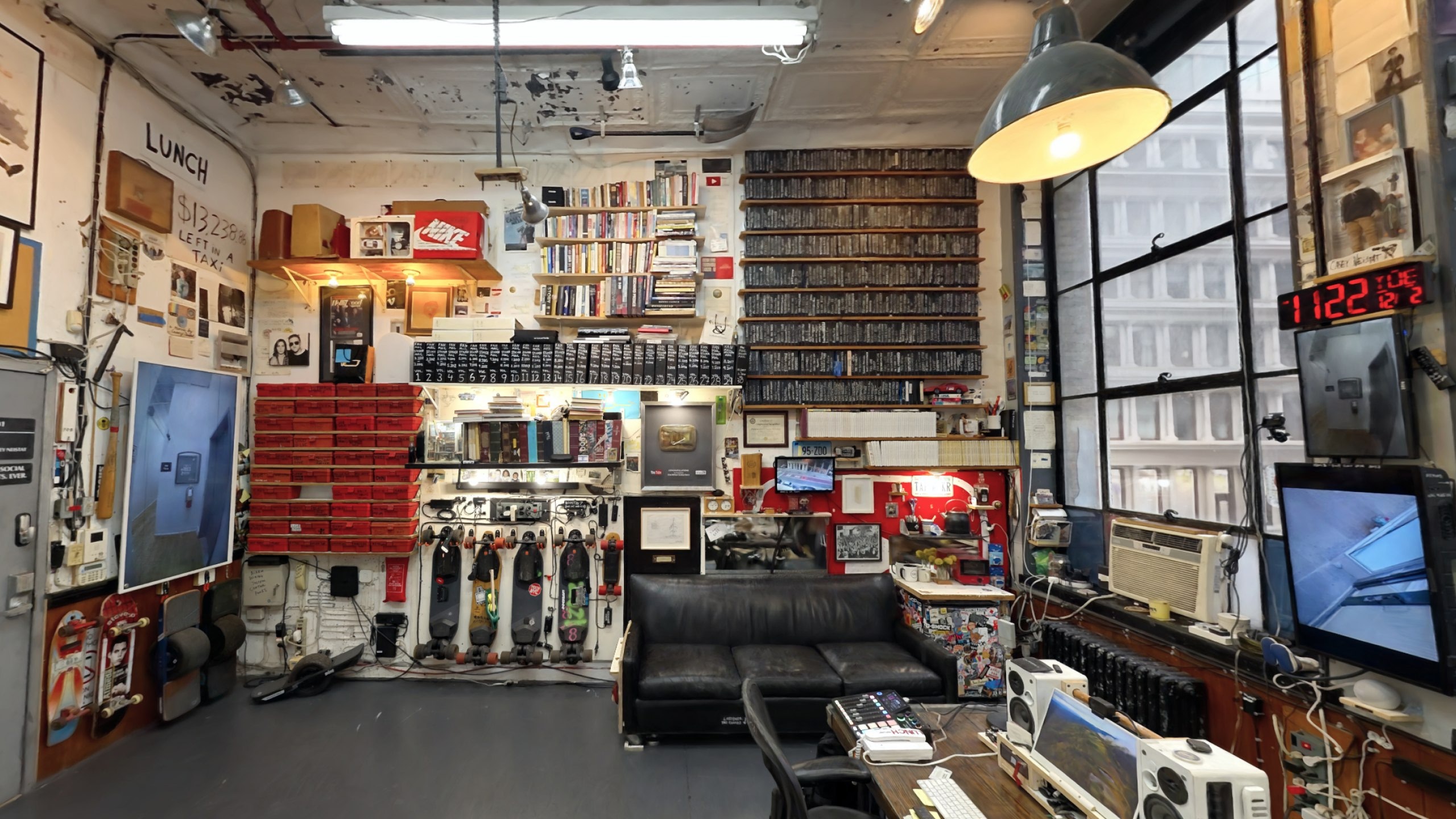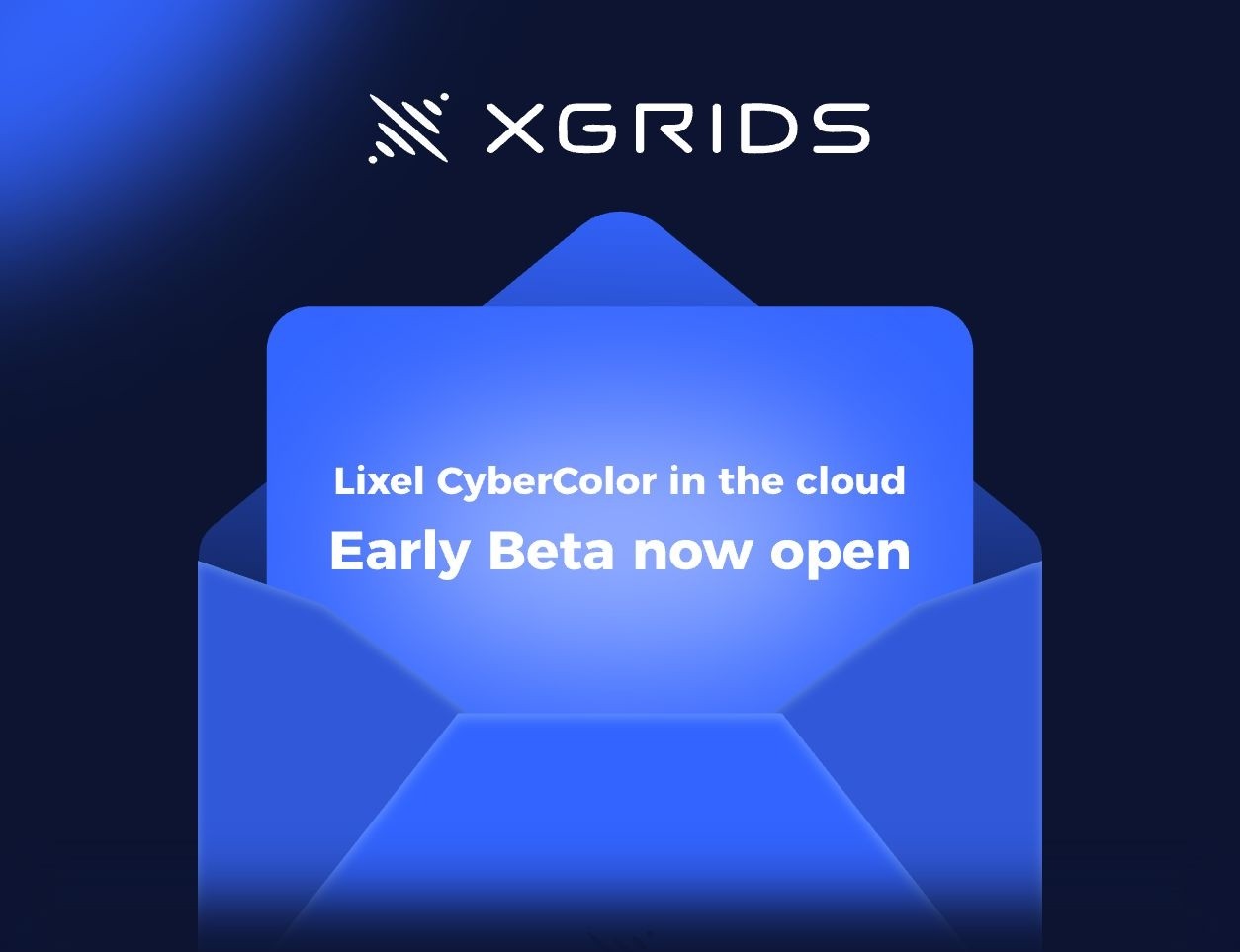

Michael Rubloff
Aug 7, 2024
Gracia has been the strongest player in the VR Radiance Field world for the last year, and if you attended NVIDIA’s GTC, you may have tried a demo from them. Most recently, they raised a $1.2M round. This is their first major news since then, and there’s a lot to unpack.
Gracia’s latest update touches on three crucial aspects of VR scene rendering: speed, size, and quality. Each of these improvements plays a significant role in refining the user experience.
VR enthusiasts will appreciate the enhanced performance, with scenes now rendering twice as fast on PCVR systems. This improvement allows for more detailed scenes (with twice the number of splats) without bogging down the system. Additionally, Gracia is expanding to work with a wider range of hardware, starting with the Nvidia 2050 and AMD Radeon RX 5500. This is a big upgrade, as previously, you would need a 3060 or 7600 to get started.
File size has always been a sticking point for Gaussian Splatting, where high-fidelity and large-scale captures often come with file sizes ranging from several hundred megabytes to gigabytes. Gracia tackles this head-on with a new compression technique that cuts scene sizes in half. For example, one of their benchmark scenes, the Garden Vase, now occupies just 49.1 MB—a significant reduction that makes VR content more accessible and easier to share.
By improving the distribution of splats, Gracia has not only reduced file sizes but also enhanced the visual quality of their scenes. Aliasing sees a big improvement, and the truly annoying popping effects are being significantly reduced. They have also been developing their proprietary training pipeline, and the platform now supports rendering internally trained scenes with a proprietary format along with community-published PLY scenes.
Andrey Volodin, Gracia’s CTO and Co-founder, commented on the update, stating,
"It was an intense six-month sprint, and I'm very proud of what we managed to achieve. I think our tech is in a good place right now, so we will focus more on the product side, and you can expect a lot of features on that front, shipped weekly."
It seems like we might be getting used to frequent updates from the Gracia team, translating to more experiences and features. While this update is a significant milestone, Gracia isn’t resting on its laurels. The company has hinted at several upcoming features, including improved support for standalone VR headsets like the Quest 3, larger scene rendering, multi-room environments, and the integration of diffusion models to cut down on floaters and further enhance scene quality.
To get started using Gracia, head to their website, where you can download the app and community scenes. Alternatively, you can also find Gracia on their Steam page.







